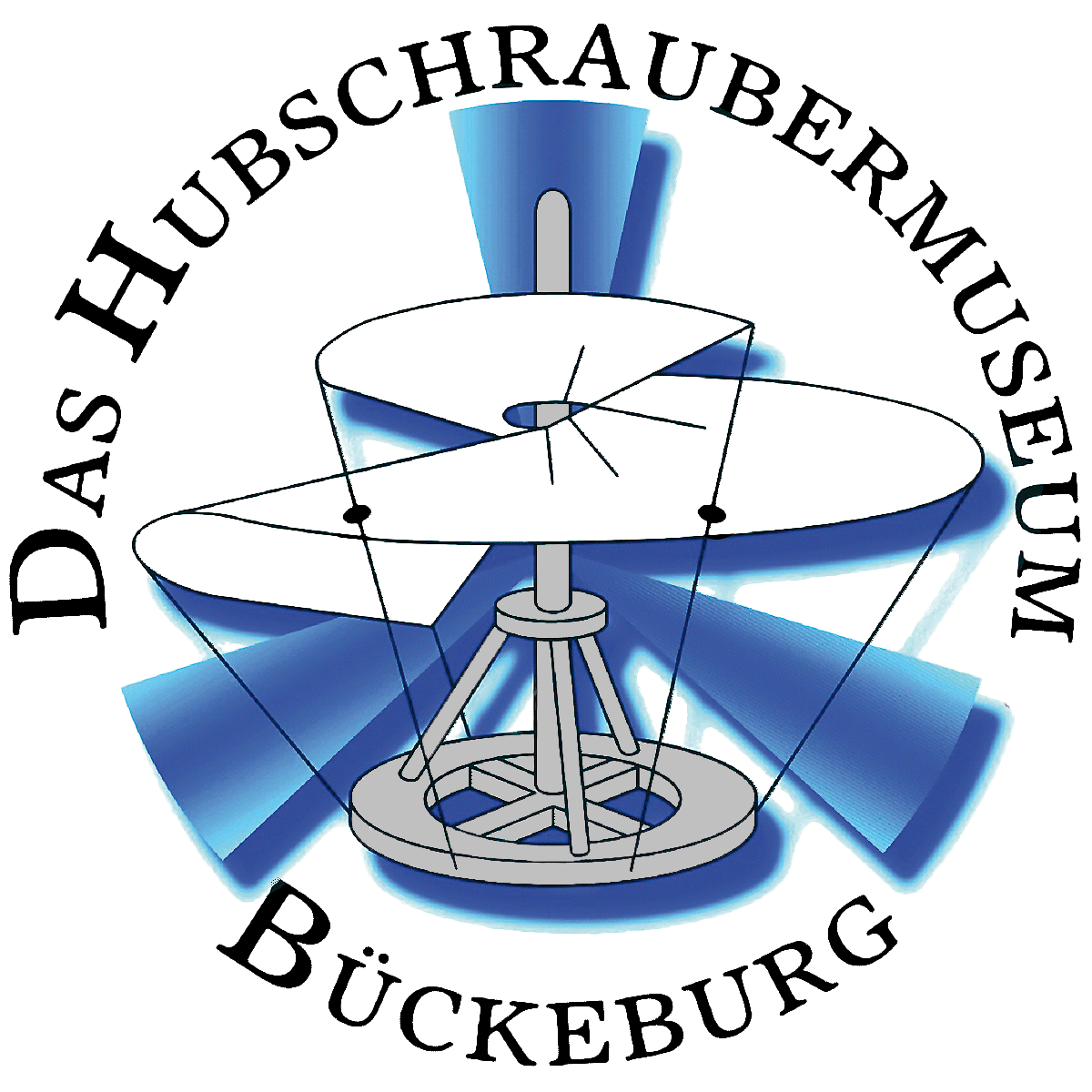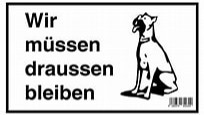Bölkow BO 46-EN
Bölkow BO 46
The Bölkow BO 46 was an experimental helicopter built to test the Derschmidt rotor system that aimed to allow much higher speeds than traditional helicopter designs. Wind tunnel testing showed promise, but the BO 46 demonstrated a number of problems and added complexity that led to the concept being abandoned. The BO 46 was one of a number of new designs exploring high-speed helicopter flight that were built in the early 1960s.
The basic problem inherent in rotor design is the difference in airspeed for the advancing and retreating blades. Among the many effects this causes is one of interest; the blades rotate forward and backward around the hub as drag increases and decreases. Consider a blade as it reaches the rear of the aircraft and starts to rotate forward; during this time the relative airspeed starts increasing rapidly, and the blade is pushed further and further back by the increasing drag. This force is absorbed in a drag bearing. During the brief period while it rotates around this bearing, the overall speed of the blade is decreased, slightly offsetting the speed due to forward motion.
Derschmidt’s rotor design deliberately exaggerates this rotation to offset the increase and decrease in speed throughout the blade’s rotation. At the same point of rotation as the traditional blade above, a Derschmidt rotor has advanced the blade considerably to an angle of about 40 degrees compared to its rest position straight out from the hub. As the blade continues advancing, a linkage swings the blade from 40 degrees forward to 40 degrees rearward, slowing the tip by about 1/2 the rotational speed. This process is reversed as the blade reaches its forward-most position, increasing the speed of the blade as it retreats.
The resulting motion helps smooth out the relative airspeed seen by the blade. Since the effects of the forward motion of the helicopter are reduced, or even eliminated at lower speeds, the rotor can be spun at a high speed without fear of reaching the wave drag regime. At the same time, the speed of the retreating blade never approaches the stall point. Likewise, changes in drag are even more reduced, to the point of being negligible. This allows the Derschmidt rotor to be a rigid design, eliminating the complex series of bearings, flexible fittings and linkages used in conventional rotors.
Since the motion in the Derschmidt rotor follows the natural change in drag through the rotation, the force applied to the blades to move them into position is quite small. Of the several designs he presented in his early patents, most used a very small linkage from a bell crank on the inner side of the blade attached to a small pushrod for operation. These rods were attached to a disk set eccentrically to the centre of rotation, which drove the blades into their proper locations.
Last in the series of designs was a different approach that used a single counterweight for each blade, geared so its motion was mechanically amplified. The weight was selected to create a harmonic pendulum at the rotor’s design speed. There was no mechanical attachment between the blades, and the entire assembly sat outside the hub, leaving ample room for maintenance.
Bölkow had been interested in high-speed rotor flight for some time, and had drawn up several experimental concepts based on tip jet systems. Later they took on the job of developing a glass-fibre composite blade that was much stronger than the existing metal designs. When Derschmidt received his first patent in 1955, Bölkow took up the concept and started work on the Bölkow Bo 46 as an experimental testbed, paid for by a Ministry of Defence contract.
The basic BO 46 design was finalized in January 1959. The five-bladed rotor system was initially tested in a wind tunnel and turned in impressive results. These suggested that the Bo 46 would be able to reach speeds up to 500 km/h, whereas even advanced designs of the era were limited to speeds around 250 km/h. Construction of three highly-streamlined fuselages started at Siebel. There were powered by an 800 hp Turboméca Turmo turboshaft driving a five-bladed Derschmidt rotor. The design originally featured a louvred fenestration for the anti-torque rotor that could be closed in high speed flight, but this was removed from the prototypes and the six-bladed rotor was conventionally mounted on the left side of the tail. The maximum speed was not limited by rotor considerations, but the maximum power of the engine. Adding separate engines for additional forward thrust was expected to allow speeds as high as 700 km/h.
During the early 1960s the company also outlined several production designs, most using twin rotors, the largest of these was the Bo 310. This was powered by two T55 or T64 engines, each of which drove both a Derschmidt rotor and a forward-facing propeller for additional forward thrust. Several versions of the BO 310 were modelled, mostly passenger transports, but also attack helicopter versions. The BO 310 would have a cruise speed of 500 km/h.
Initial test flights with the rotors locked started in the autumn of 1963. In testing a series of unexpected new types of dynamic loads were encountered, which led to dangerous oscillations in the rotor. These did not appear to be inherent to the design itself, but they could only be cured through additional complexity in the rotor. During the same period, rotor design was moving to composite blades that were much stronger than the older spar-and-stringer designs, which eliminated the need for the complex bearing system that relieved loads. Although the Derschmidt rotor still improved performance, it appeared the added complexity was not worthwhile.
Interest in the system waned, but research flights continued. The BO 46 was eventually equipped with two Turboméca Marboré engines, allowing a speed of 400 km/h. The fibreglass bladed rotor proved to be workable however, and would go on to see wide service in the Bölkow BO 105.
Text from Wikipedia, the free encyclopedia
The BO 46 here in the Helicopter Museum is the only still existing aircraft out of the produced prototypes.



